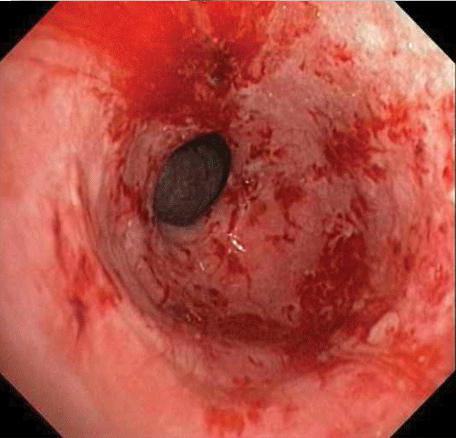A gynecological examination often reveals an erosive surface of the cervix. This pathology can appear due to various reasons. Depending on the predisposing factor, several types of erosion are distinguished. An example is a decubital ulcer. This type of damage to the uterine epithelium is observed in older women.
What is a decubital ulcer?
Almost every second woman knows from her own experience what cervical erosion is. With this diagnosis, you can live for many years, while not feeling any discomfort. That is why many women do not pay attention to the presence of pathology, considering it non-hazardous. In some cases, erosion does not really harm health. Nevertheless, it should be remembered that it is considered an optional precancerous condition and can at any time be transformed into oncological pathology. One of the varieties of this disease is considered a decubital ulcer of the cervix. Unlike ordinary erosion, this ailment is more serious and requires urgent treatment.
Causes of Uterine Ulcer
In most cases, a decubital ulcer is diagnosed in women of advanced and senile age. Its appearance is associated with vascular disorders. Given that the vagina and uterus belong to the muscular organs, they stretch with age. This is especially true for those women who lead a sedentary lifestyle. As a result of reduced muscle tone, the organs are gradually stretched. In some cases, prolapse or even prolapse of the uterus is observed . In addition to adynamia, another factor leads to this - a decrease in estrogen levels. These hormones are produced by the ovaries only until a certain age (45-55 years). Therefore, the disease is more often observed in women who are in the postmenopausal period. Decubital ulcer refers to trophic disorders. That is, it develops due to stretching of the organ, as well as with a deterioration in venous outflow. In addition to age-related muscle involution, there are other reasons for the appearance of decubital ulcers. Among them: an excess of vessels of the pelvis, venous congestion due to blood diseases.

Decubital uterine ulcer: how is it diagnosed?
Deep erosion (ulcer) of the cervix is not always easy to suspect. Indeed, many women do not make any complaints, if any. In rare cases, ulcer symptoms include: pain in the genital area and lower abdomen, abnormal vaginal discharge (pus or blood). Such a clinical picture can be observed if the defect is large and deep, and there is also inflammation of the affected area. However, in most cases, any of the varieties of erosion is detected through gynecological examination. On palpation of the uterus, pain is sometimes observed. You can see the ulcer only when examining the genital organs with a mirror. Thanks to this tool, the cervix can be fixed in the right position and well viewed. In the presence of erosion, colposcopy is performed. This research method allows you to see the damage under high magnification, as well as get a piece of pathological tissue (biopsy). The decubital ulcer of the cervix in the photo after colposcopy is as follows: a round or oval defect of dark color with a clear contour and white content. Redness is observed along the edge. In addition, diagnostic tests include taking a smear for oncocytology. If the ulcer is not on the cervix, but in the body or the bottom of the uterus, hysteroscopy is prescribed. In some cases, it is necessary to obtain a large area of tissue. This is an indication for cervical conization. This procedure is carried out not only for the purpose of diagnosis, but also relates to one of the treatment methods.

Cervical ulcer: what to do?
Unlike shallow erosion, with a trophic ulcer, the patient should be hospitalized. This is especially necessary in cases where the defect is accompanied by an inflammatory reaction. If the bottom of the ulcer contains pus, and there is swelling and redness along the edges, treatment should begin immediately. After all, the more time damage develops, the deeper it is. Therefore, ulcerative defects can lead to infection of the entire organ and even to sepsis (breakthrough of the focus of infection). In such cases, it is rarely possible to save the uterus. In order not to bring to such a state, constant monitoring of a specialist is necessary. For the purpose of treatment, tampons with ointment medicines are used. For example, the drug "Levomekol." It has not only anti-inflammatory, but also a healing effect.
Prevention of decubital ulcers
Decubital ulcer develops for a long time, therefore, in order not to start the process, it is necessary to visit the gynecologist at least 1 time per year. Preventive measures include: exercise to strengthen muscles, the use of drugs to thin the blood. In order to avoid complications, it is necessary to start anti-inflammatory treatment on time. In case of prolapse, surgery should be performed.